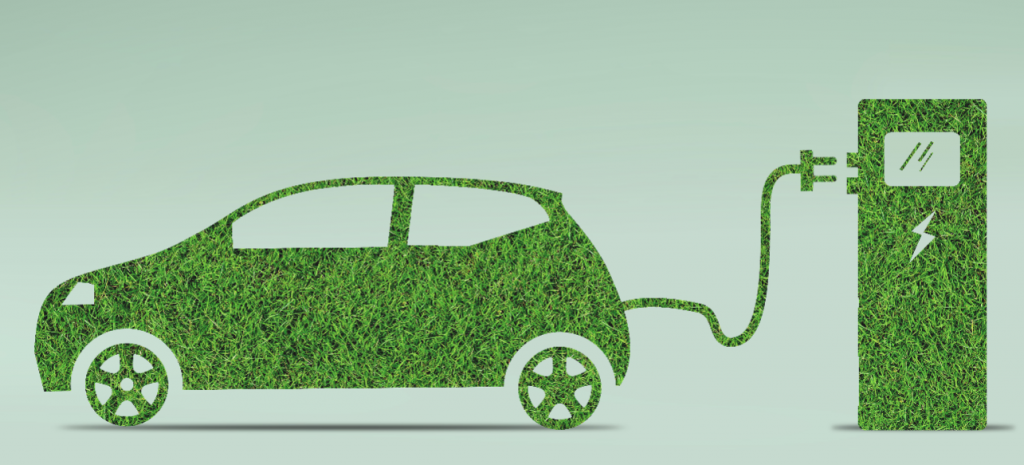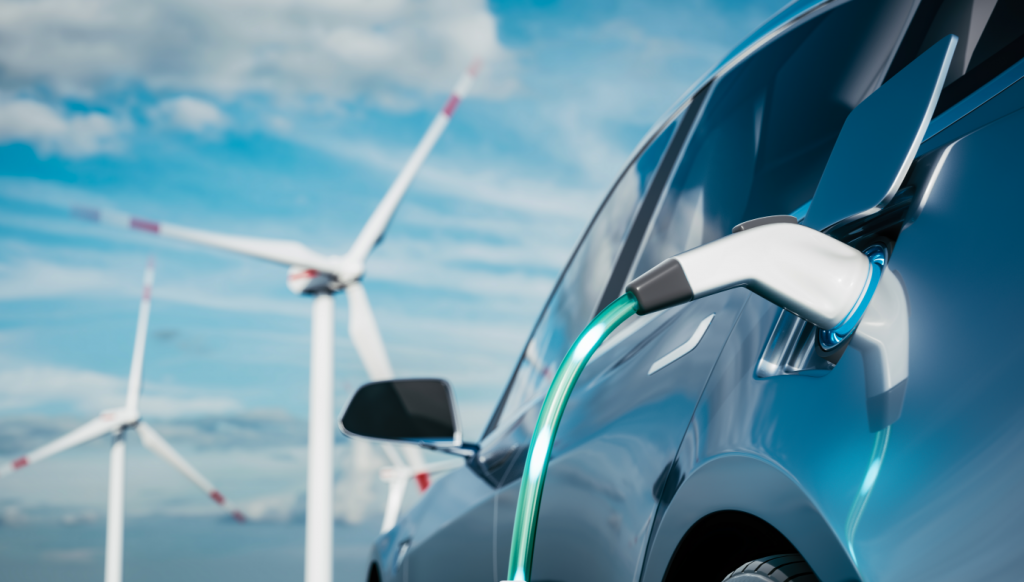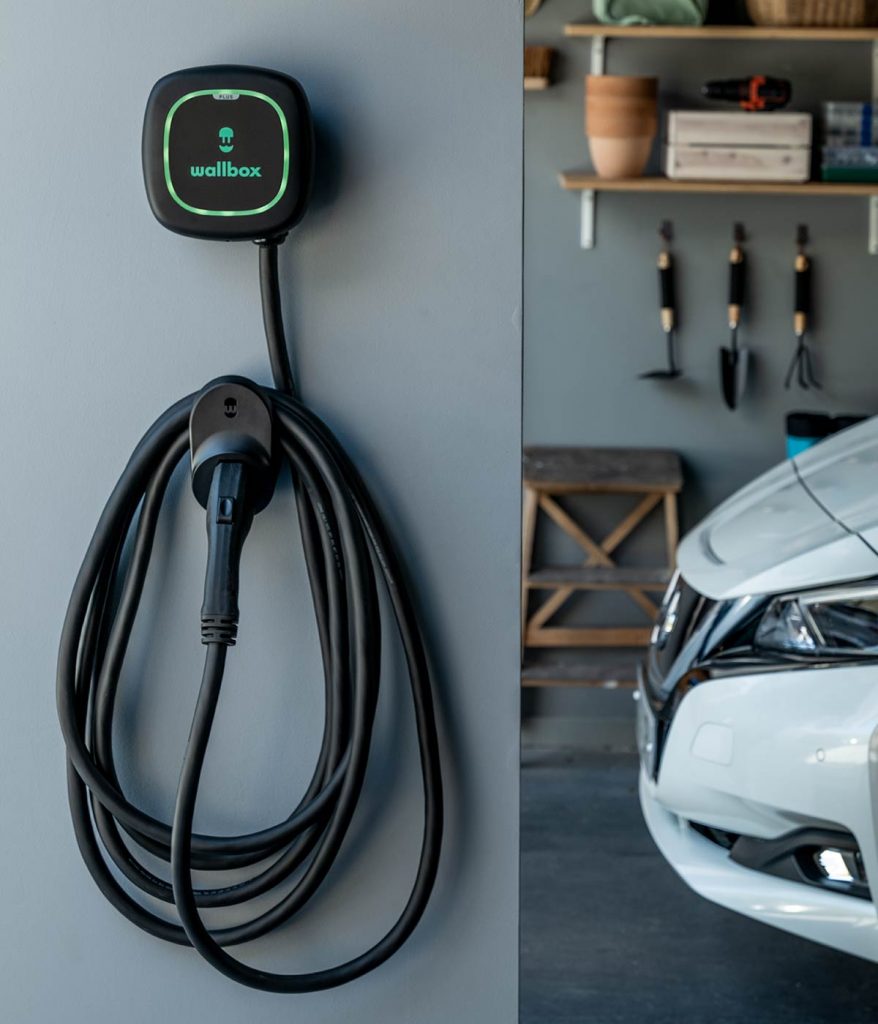
The difference between DC charging station and AC charging station
Charging station can be divided into AC charging station, DC charging station, and AC-DC integrated charging station according to the charging method. Among them, AC charging has low power and requires a long charging time, but the loss of the battery is small. On the contrary The most popular is the DC charging station, which has high charging power and fast charging, but it also consumes a lot of battery power.

- Charging principle of charging station
The charging station is fixed on the ground, uses a special charging interface, and adopts a conduction method to provide AC power for electric vehicles with on-board chargers, and has corresponding communication, billing and safety protection functions. Citizens only need to buy an IC card and recharge it, and then they can use the charging pile to charge the car.
After the electric vehicle battery is discharged, direct current is used to pass through the battery in the opposite direction to the discharge current to restore its working ability. This process is called battery charging. When charging the battery, the positive pole of the battery is connected to the positive pole of the power supply, and the negative pole of the battery is connected to the negative pole of the power supply. The voltage of the charging power supply must be higher than the total electromotive force of the battery.

- Charging station charging method
There are two charging methods: constant current charging and constant voltage charging.
(1) Constant current charging method
The constant current charging method is a charging method that keeps the charging current intensity constant by adjusting the output voltage of the charging device or changing the resistance in series with the battery. The control method is simple, but because the acceptable current capacity of the battery gradually decreases with the progress of the charging process. In the later stage of charging, the charging current is mostly used for electrolyzing water, generating gas, and causing excessive outgassing. Therefore, the stage charging method is often used.

(2) Constant voltage charging method
The voltage of the charging power source maintains a constant value throughout the charging time, and the current gradually decreases as the battery terminal voltage gradually increases. Compared with the constant current charging method, its charging process is closer to the optimal charging curve. Fast charging with constant voltage, because the electromotive force of the battery is low at the initial stage of charging, the charging current is very large, and as the charging progresses, the current will gradually decrease, so only a simple control system is needed.
- The difference between DC charging station and AC charging station
(1) AC charging station:
AC electric vehicle charging station, commonly known as “slow charging”, is a power supply device that is fixedly installed outside the electric vehicle and connected to the AC power grid to provide AC power for the electric vehicle on-board charger (that is, the charger that is fixedly installed on the electric vehicle). The AC charging station only provides power output and has no charging function. It needs to be connected to the on-board charger to charge the electric vehicle. It is equivalent to just playing a role in controlling the power supply.
Charging station are currently divided into AC charging station and DC charging station. The single-phase/three-phase AC power output by the AC pile is converted into DC by the on-board charger to charge the on-board battery. The power is generally small (7kw, 22kw, 40kw, etc.), and the charging speed is generally slow, so it is generally installed in the parking lot of the community, etc. land.

(2) DC charging station:
DC electric vehicle charging station, commonly known as “fast charging”, is a power supply device that is fixedly installed outside the electric vehicle and connected to the AC power grid to provide DC power for the power battery of off-board electric vehicles. The input voltage of the DC charging pile adopts three-phase four-wire AC 380 V±15%, the frequency is 50Hz, and the output is adjustable DC, which can directly charge the power battery of the electric vehicle. Since the DC charging pile is powered by a three-phase four-wire system, it can provide sufficient power, and the output voltage and current can be adjusted in a large range, which can meet the requirements of fast charging.
DC charging station (or non-vehicle chargers) directly output DC power to charge the vehicle battery. The power is relatively large (60kw, 120kw, 200kw or even higher), and the charging speed is fast, so it is generally installed next to the expressway. charging station.

(3) The difference between the two:
To put it simply, AC charging station need to be charged with the help of on-board chargers, and DC fast charging station do not need this equipment. There is a large difference in charging speed between the two. It takes 8 hours for a pure electric vehicle (ordinary battery capacity) to be fully charged through an AC charging station after it is fully discharged, while it only takes 2 to 3 hours through a DC fast charging station. The AC charging station provides power input to the charger of the electric vehicle. Since the power of the on-board charger is not large, fast charging cannot be realized. The DC fast charging pile is a power supply device that is fixedly installed outside the electric vehicle and connected to the AC power grid, and can provide DC power for the power battery of the off-vehicle electric vehicle. The DC charging station can provide sufficient power, and the output voltage and current adjustment range is large. , can meet the requirements of fast charging.
Please leave your comments below if you have any questions. or you can connect our sales team what’s app: 008613808405352